A few years ago, I made a trip to Harvard's Sackler Museum to see a special exhibition of Middle Eastern and South Asian art. The delicate calligraphy with which the artists embellished their work remains most imprinted in my memory, for I could not see it but with a magnifying glass. Imagine that -- details so tiny that one cannot see them with the naked eye. And it left me wondering how they managed to create such magnificent pieces.

ice serpent
The macro lens does something similar to that of the magnifying glass, allowing me to get ever closer to my subject, capturing details that I certainly would never notice, as careful and attentive as I might be. I love the feeling of diving into the subject, surrounding myself with lines, textures, nooks and crannies, and pockets of light that I did not know existed. I love looking at the photographs later, knowing that had I not taken the photographs, I might sit for hours wondering what the subject of the photograph might be.
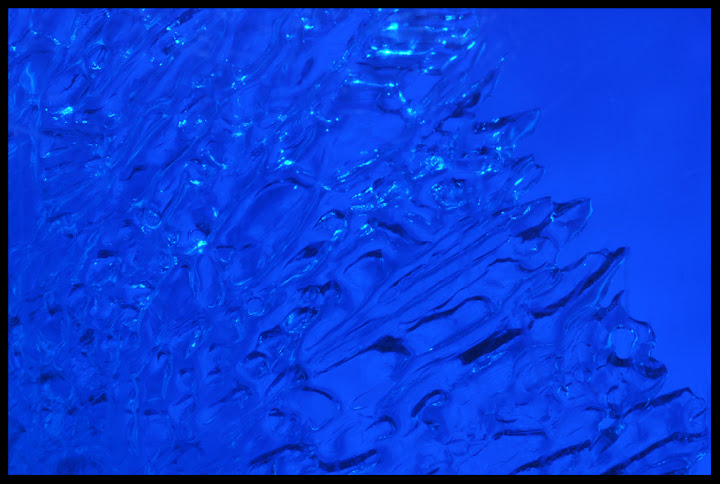
ice-flake
For this project, I photographed a blue Nalgene bottle, water frozen inside it after days of sitting in the car. By rotating the funnel of ice around in the Nalgene, I could select sharp edges, bumpy surfaces, and glinting points of light. After framing my photograph, I shut off all the lights and, in the darkness, I remotely triggered the shutter, sending off a burst of bright light from the on-camera and remote flash unit. My favorite photographs are those which show the jagged edges of the ice, making them look like snowflakes or open-sea hazards. The blue tint from the Nalgene lends a frigid atmosphere to these lifeless stills.
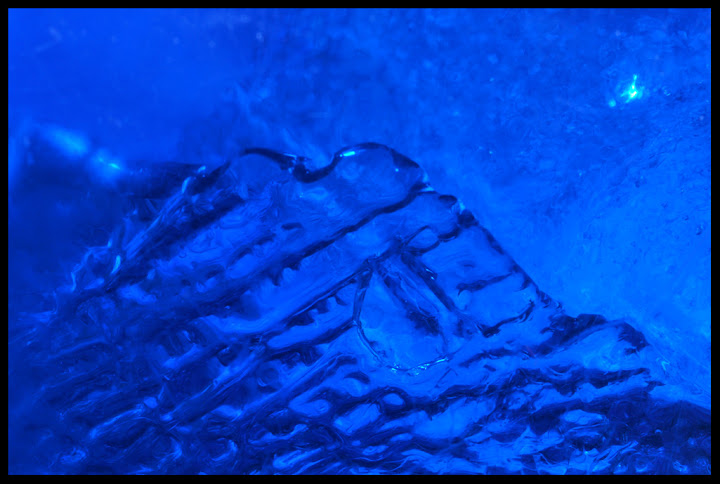
the bubbles at jordan
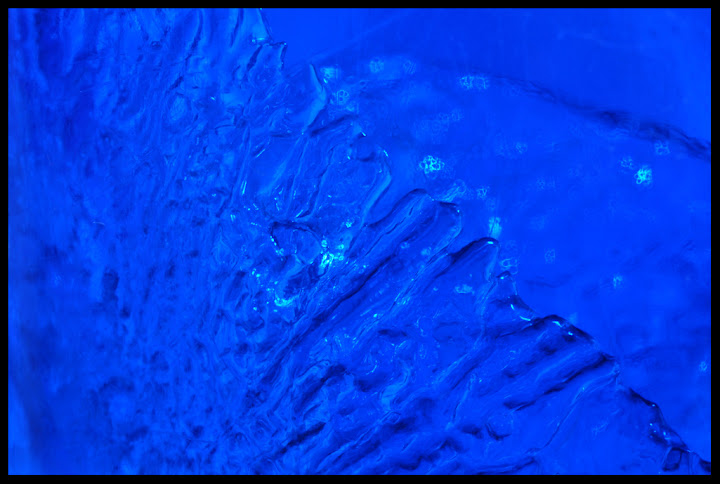
scalloped ice
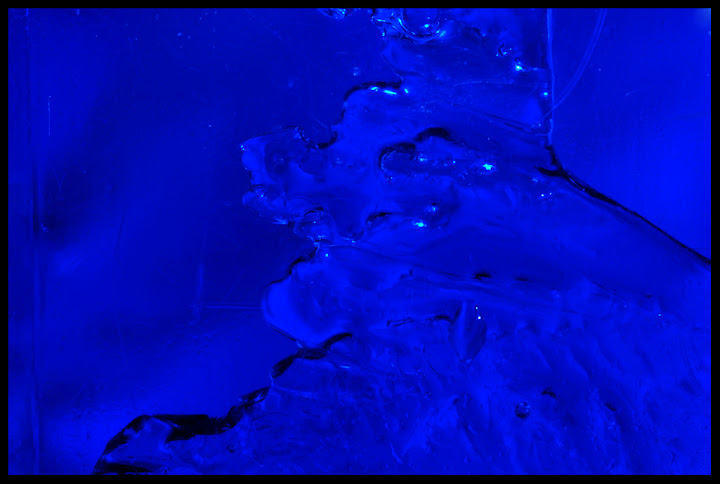
santa in antarctica
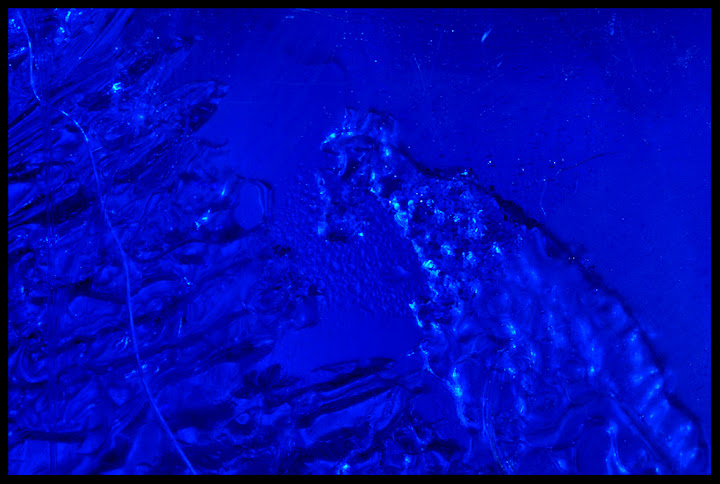
cape cod under ice age
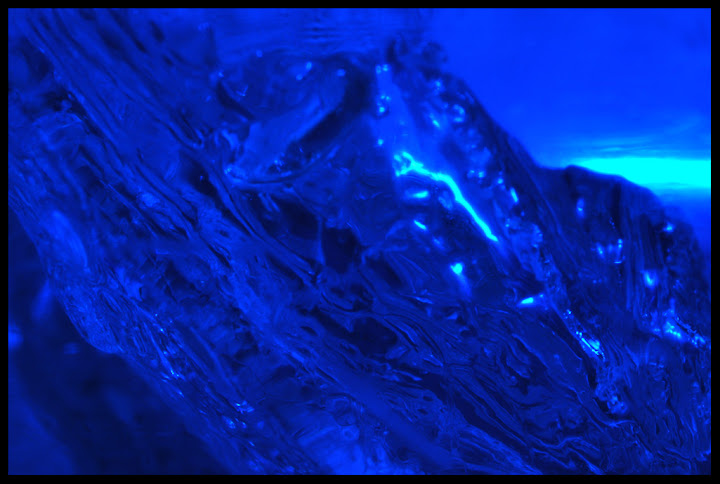
oyster on ice
Photos shot with tripod-mounted Nikon D90, Micro-NIKKOR 60mm f/2.8 macro lens, remote SB-600 flash, Opteka wireless remote trigger.
See larger versions of these photos here.




1 comment:
Very cool - or should I say COLD?
Post a Comment